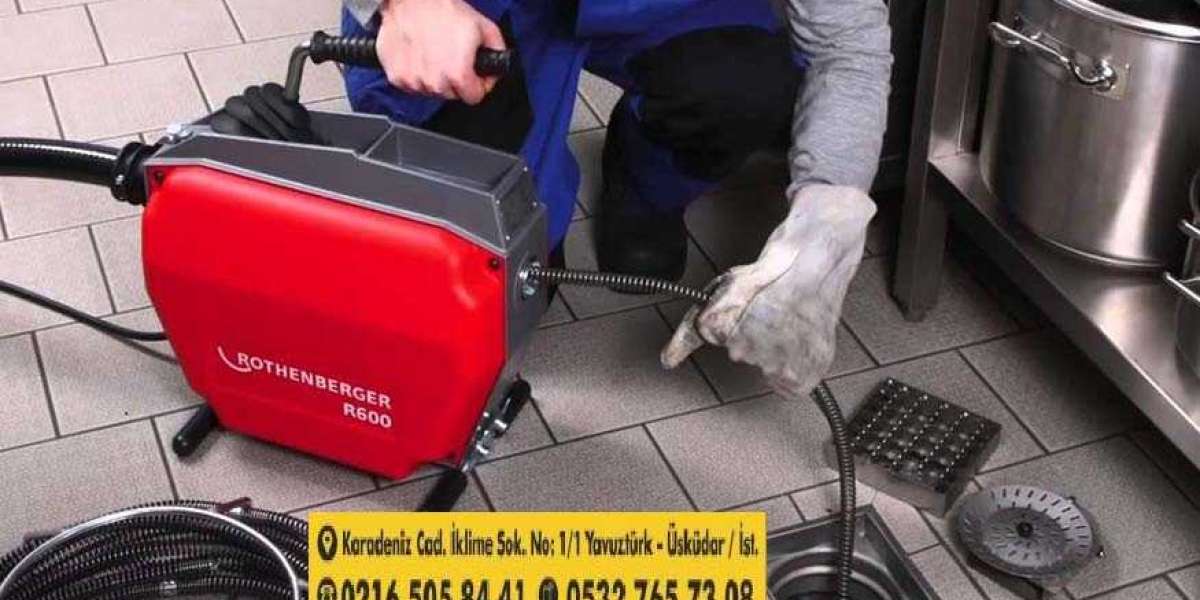Diastasis recti is a condition where the abdominal muscles separate, often occurring during pregnancy. This is due to the stretching and separation of abdominal muscles to accommodate the growing uterus. This gap in the muscles can lead to a protruding belly and weakened core.
Diastasis recti is a condition where the abdominal muscles separate, often occurring during pregnancy. This is due to the stretching and separation of abdominal muscles to accommodate the growing uterus. This gap in the muscles can lead to a protruding belly and weakened core.
Other factors can also contribute to or exacerbate diastasis recti, including:
1. Excessive abdominal pressure: Conditions or activities that involve consistent, excessive abdominal pressure, such as obesity or heavy lifting.
2. Multiple pregnancies: Women carrying multiple pregnancies (twins, triplets, etc.) may be more susceptible to diastasis recti.
3. Improper exercise: Performing exercises that strain the abdominal muscles or using incorrect form can contribute to diastasis recti.
4. Age: As individuals age, the connective tissues in the body can naturally weaken, potentially contributing to diastasis recti.
5. Genetic factors: Some people may be genetically predisposed to weaker connective tissues, increasing their likelihood of developing diastasis recti.
Signs of diastasis recti may include:
1. A noticeable gap or bulge in the abdominal area, especially when engaging the core muscles
2. Back pain
3. Constipation
4. Difficulty stabilizing the trunk.
Untreated or unmanaged diastasis recti can lead to various complications, including:
1. Weakened core stability: Diastasis recti can compromise the strength and stability of the core muscles, affecting overall posture and body mechanics.
2. Back pain: The weakened abdominal muscles may contribute to increased stress on the back, potentially leading to persistent back pain.
3. Pelvic floor issues: Diastasis recti can be associated with pelvic floor dysfunction, leading to problems such as urinary incontinence or pelvic organ prolapse.
4. Digestive issues: Weak abdominal muscles may contribute to digestive problems, including constipation and bloating.
5. Hernias: In severe cases, the weakened abdominal wall may lead to the development of hernias, where organs or tissues protrude through the abdominal muscles.
6. Body image concerns: Diastasis recti can impact the appearance of the abdominal area, causing concerns about body image and self-esteem.








